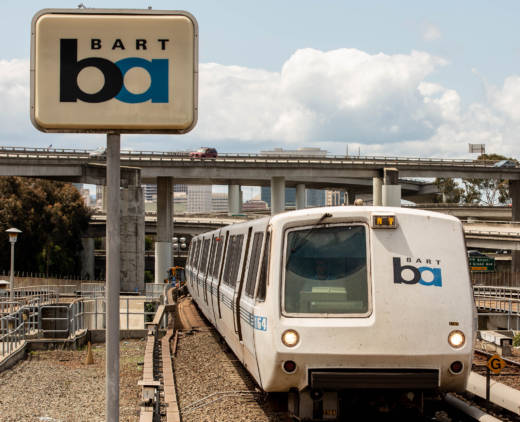That has involved three homicides — including a passenger’s fatal July 22 knife attack on Nia Wilson, 18, at MacArthur Station.
The same station was also the scene of an incident Friday night in which a man BART police have identified as Solomon Espinosa, 27, of Oakland, allegedly slashed two men with a knife or box cutter. Neither victim suffered life-threatening injuries.
The attack on Wilson, which also injured her sister, has prompted the promise of a lawsuit alleging that BART’s failure to deny entry to fare evaders has made the system more vulnerable to crime.
In a statement Monday, BART said that as of Monday it had instituted emergency staffing for its police force — a step it also took last year after a series of high-profile robberies and assaults at Oakland’s Coliseum Station.
The emergency staffing order cancels off days for all of the BART Police Department’s 180 or so officers and mandates six 10-hour shifts a week. To increase police visibility on the system, officers working on their normal days off have been ordered to ride trains for their full shifts.
Other steps that BART General Manager Grace Crunican will present to the board — all excerpted here from BART’s press release — include:
- Deploying BART employee teams and enhancing employee security training. Teams of BART employees would be trained to staff trains and stations while wearing high-visibility vests to provide an additional layer of visibility to BART’s safety efforts. Teams would be deployed temporarily at times of greatest need.
- Accelerating station-hardening efforts to make it harder to bypass fare gates. These efforts include raising barriers to 5 feet and adding additional fencing to include elevators in paid areas. This proposal will be presented to the board in September.
- Adding a second proof-of-payment team for evenings. The new eight-member team would also increase the non-sworn police presence in the system.
- Installing emergency call boxes on platforms. Three emergency call boxes would be installed on each platform with a direct connection to BART police dispatchers. High-priority stations would get the call boxes as early as this fall. A systemwide implementation could take two years and cost an estimated $5.2 million.
- Systemwide deployment of a “physical security information management system” capable of monitoring thousands of simultaneous video streams and automating response recommendations to BART police. Systemwide implementation could take 12 months. Estimated cost is $4 million for implementation and $1.3 million in ongoing costs.
- Replacement of existing analog security cameras in stations, parking lots and garages with an all-digital camera network. BART says the project would cost about $15 million and take roughly 4½ years to complete.
- Installing video screens showing real-time station images and enhanced video surveillance signage. The idea would be tested at San Francisco’s Civic Center Station, where video screens would be placed at station entrances to remind riders the area is under surveillance.
- Adoption of a no-panhandling ordinance within paid areas of BART subject to board adoption.
- Ramping up “ride safe” public outreach campaign to distribute safety tips at stations, on trains and via social media.
Beyond those proposals, BART said Monday its Police Department has contracted with the University of North Texas to develop a strategic patrol staffing plan — including recommendations or appropriate staffing levels for the BART system. The final version of this report is expected to be submitted this fall.
Updates:
3 p.m. Monday: To include comment from BART Board President Robert Raburn.
